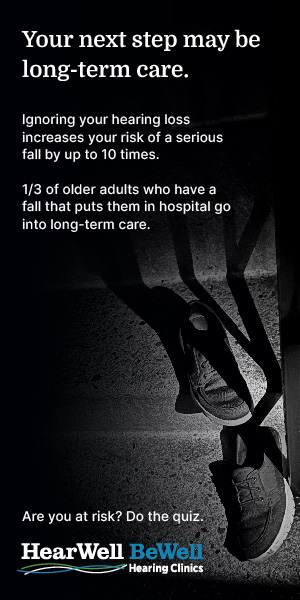Many business owners believe that simply advertising their product or service constitutes ‘branding.’ The truth is that advertising is the very last step in the branding process, which begins with developing a precise position for your product or service within your competitive market. Below are some key thoughts for you as to what ‘branding’ really is:
- Branding should be seen as a permanent positioning of your business to its various publics or target markets.
- Branding must be developed with an accurate understanding of how your market honestly views your product or business, not how you or your staff see yourselves.
- Branding is all about permission, and what your customers or members are prepared to accept about what you say you are.
- Branding – and all of your communications – must extol the benefits of your product or service.
- Your staff must believe and live your branding if they are to deliver on the promise of your business; staff and manager education is key.
- Branding must be done professionally to work. It is well outside the skill-set of most retailers and business owners to accomplish on their own. Your time and effort is better spent running your business, and working with a professional to brand and market your business.
What are the first steps in the marketing process for a business?
- Define your product offering in 3 sentences
- Describe the market in which you operate
- Define your customer target, primary then secondary
- Outline the benefits to your customers of using your product or service
- Identify your 2 biggest competitors & their strengths and weaknesses
- Talk to your customers to confirm their views of why they do business with you
- Finally, define your immediate, mid-term and long term goals
The Basics of Branding
How to brand your business:
- Create an identity, an attitude, a position that stands for a set of values
- Emblazon your product or service with it
- Communicate it consistently through everything you do and say
- Become a way of life for a loyal following of customers and consumers
- Attract new customers and if you do it right, grow your business
Now, how do you get the message out about your product or service? First, use direct sales tools:
- Public Relations
- Event Marketing
- Telemarketing
- Direct mail marketing
- In-store merchandising and signage
- Collateral materials
- Your staff and your customers
How to Get the Message Out About Your Brand or Service
Direct Sales Tools:
- Public Relations
- Event Marketing
- Telemarketing
- Direct mail marketing
- In-store merchandising and signage
- Collateral materials
- Your staff and your customers
Media Vehicles:
- Radio
Pros: immediacy, time spent, affordable storytelling
Cons: no visual or image, low and local reach - Newspapers
Pros: strong info/sale/price medium, new openings, urgency
Cons: very short life, repro not strong, not an “image” medium - Magazines
Pros: strong visual medium, most targeted, credible, long-lasting, repeat exposure, high reach, image and branding medium
Cons: because of longer lead times, not for “sale” or “promotional” messages - Television
Pros: strong impact, visual
Cons: higher cost medium, costly ad production, fragmented - Outdoor
Pros: the perfect six-word medium, high impact, geographically selective
Cons: demographically unselective, support medium more than a brand builder, higher production costs - Event Marketing
Pros: good extension for a brand, through association with right event
Cons: high cost per sale unless very high sticker price and margin - Website
Pros: great potential
Cons: huge competition, needs strong site, professionally and creatively built with SEO and wide promotion - Online Advertising
Pros: targeted reach
Cons: needs to be on a destination site with reasons for people to visit every week












